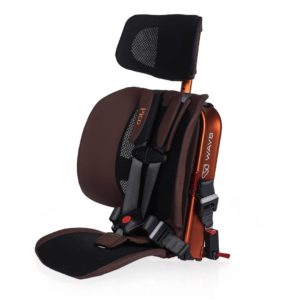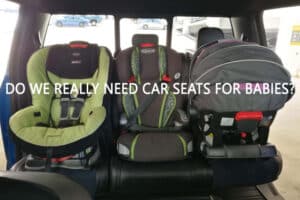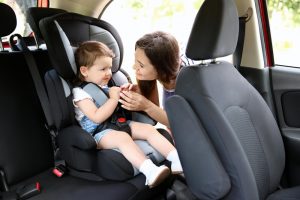Twenty years ago, when I was growing up, family vehicles were considered boring because they had no fun features—they held one function, which was to transport a family of five around. For example, my parents had a station wagon, which happened to be the car I learned to drive in.
My friends weren’t impressed with the long dull-looking car, and thankfully, I bought a ’91 Honda Civic Hatchback when I was 17-years-old, and while this article isn’t about how awesome that Civic was, or how un-awesome my parent’s station wagon was, my point is that family vehicles have come a long way in 20 years.

A family car can come in many forms and sizes, so there’s definitely no “one size fits all” when it comes to satisfying the needs of every household. However, if you have kids and are looking for a vehicle, you will want to take into consideration a few factors before buying. Some families have a clear picture of what type of family vehicle they want, while others have no clue.
Doing your homework on what you are looking for in a family vehicle and aligning it with what’s out there is essential to making the best choice.
With that said, here are some factors to look into when buying a family vehicle.
Family Vehicle Buying Guide For 2021
1.Child Car Seat Compatibility
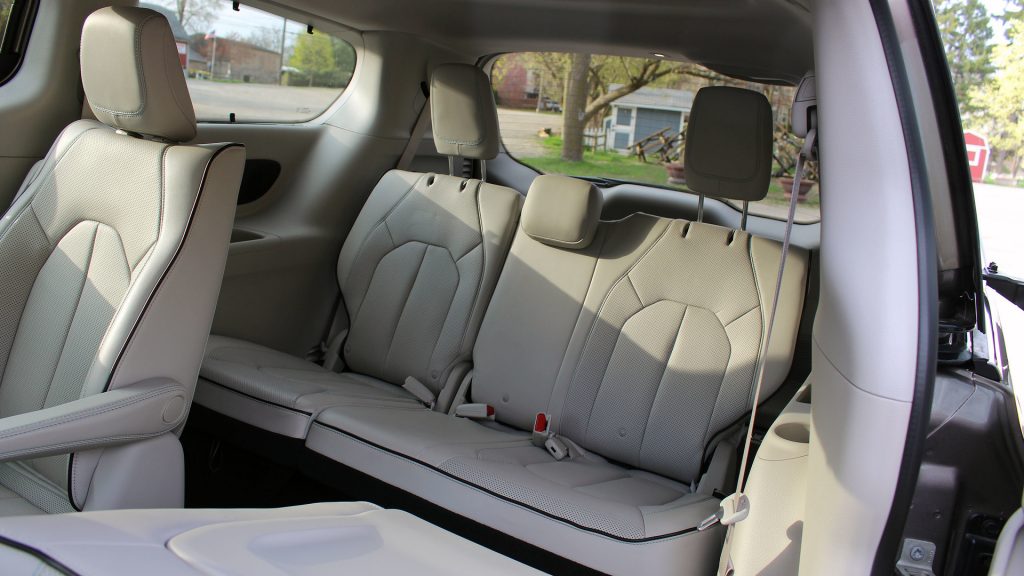
Navigating car seats is often easier said than done. Some parents find it challenging to decide what kind of car seat to buy and how to install it correctly. When looking for a car seat compatible vehicle, look for the following features:
Easy-to-use LATCH
Nearly all new vehicles sold in the United States now come with the LATCH system, meaning that you can snap car seats into place instead of strapping them in with a seat belt.
Car seats now hook onto two metal loops—located in the crack where the vehicle seat back and seat cushion meet. A strap coming off the top of the car hooks to a third metal anchor called the top tether.
Car seat friendly center seating position
The safest place for installing a car seat is in the center of the second row. LATCH is a relatively new way to attach the car seat to the car, and not all seating positions have this option. This is not a deal-breaker—as you can attach the car seat using a seatbelt, but LATCH does it make it simpler.
Ample space between the first and second rows
Rear-facing seats can clash with the seat in front of them if there isn’t enough room between the two rows. You can check the space by placing a rear-facing seat in the second row, and have the tallest adult who will be riding in the car sit in the seat directly in front of it.
The adult should not have to move the seat too far forward and should be able to stretch his or her hands straight out without them hitting the dashboard.
Also, we have to note that Certified Child Passenger Safety Technicians (CPST) are available to help parents provide the best protection for their kids when it comes to installing car seats. Visit safekids.org to find a car seat technician or locate a car seat inspection station or checkup event in your community.
2. Crash Test Performance

You are going to want to know the crash test data on the vehicle you are looking at. You can search two places for this information: The National Highway Traffic Safety Administration and the Insurance Institute for Highway Safety.
The National Highway Traffic Safety Administration provides extensive crash test data on all vehicle makes and models.
Insurance Institute for Highway Safety—IIHS tests evaluate two aspects of safety: crashworthiness—how well a vehicle protects its occupants in a crash—and crash avoidance and mitigation—technology that can prevent a crash or lessen its severity.
3. Safety Features
The newer the vehicle, the more safety features it will have. However, that does not mean that older models should not be explored. Here are some safety features to look for:
- Forward-Collision Warning (FCW)
- Automatic Emergency Braking (AEB)
These are two of the best safety innovations since Electronic Stability Control (ESC) became standard equipment on all cars back in 2012. Both FCW and AEB can alert you and/or initiate automatic braking if radar, laser (or some combination thereof) or cameras sense an impending crash.
4. Blind-spot warning
If another vehicle is detected in the lane beside your vehicle’s blind-spot, a light will brighten on your side mirror. Many systems also include an audible warning which warns the driver if they are about to move into an already occupied lane.
5. Vehicle telematics
OnStar is an in-vehicle telematic safety service that vehicle owners can use, with features including Automatic Crash Response, Emergency Services, Roadside Assistance and Stolen Vehicle Assistance and Turn-by-Turn Navigation.
6. Park Assist

Park assists are convenient because they use strategically placed proximity sensors on the front and rear bumpers that alert the driver of any obstacles that are too close to their vehicle.
7. Back up cameras
In 2016, 59 children were killed when drivers backed over them because they didn’t see them, according to Janette E. Fennell, founder of KidsAndCars.org. The number of such incidents has decreased in recent years, thanks in part to vehicles equipped with rear-view cameras—a feature that is now required on any vehicles made in 2018 to present.
Back-up cameras make back up safer. If something is in your path, the sensors on the camera alert you, plus you can see what’s behind you in the camera.
8. Lane-Departure Warning (LDW)
This feature alerts the driver if they drift out of their lane. LDW was created to warn a driver by chimes or vibration to take corrective action immediately, which can prevent collisions and off-road accidents.
9. Connectivity Options
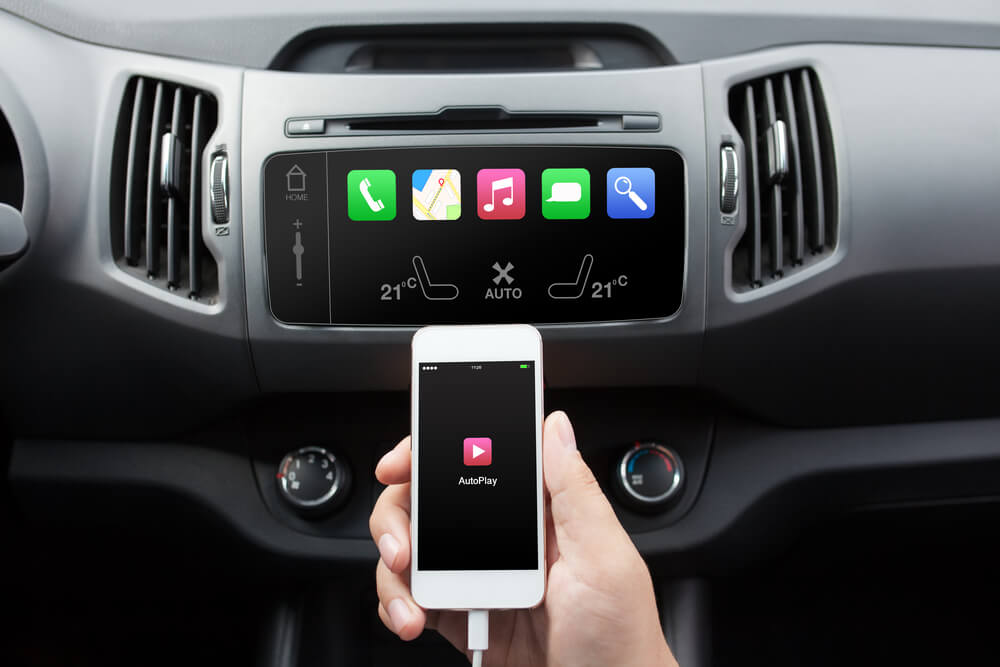
Basic connectivity options between cars and portable devices like smartphones and digital music players through Bluetooth and USB ports are common features in the majority of vehicles today.
Navigation system availability has spread out and is no longer a feature only available in luxury models, and they also do a whole lot more than just give you turn-by-turn directions. Most systems feature real-time traffic information that will alert you of high congestion areas and offer you an alternate route.
10. Interior Durability
A few years ago, I looked up at the ceiling of my car, and I noticed splatters of something—but I had no idea what it was. I asked my kids about it, who were then around 10 and 5, and they told me they were having a “competition” to see who could make the coolest designs on the car’s ceiling by splattering their drinks with a straw.
While I sent them outside with soap and water in a scrub bucket, I thought about how often I had to clean my car (and still do), because, well, kids are messy.
Most vehicles come with cloth upholstery and carpeted flooring. These are cleanable, but if you want easy cleanup options, (because you will need them), look for options like leather or vinyl upholstery or rubber flooring.
11. Fuel Economy

Families tend to travel—a lot. Of course, there’s the day-to-day driving to and from work and school, but then there’s the T-ball practices, Girl Scout meetings, and vacations.
It makes sense that families would choose a vehicle with good fuel economy. As you shop, check out the gas mileage of the different vehicles you encounter, and keep these in mind before you make a decision.
12. Style
You don’t need to give up style to have a safe and affordable family car. There are plenty of sleek and stylish sedans, minivans, and SUV models that will fit your family’s style.
Some families value style more than others, and it really all depends on you and your family and what you want to drive. Still, look for the vehicles that catch your eye. Don’t think that a family car has to be a boring car!
13. Budget and Cost
Obviously, we can’t write a vehicle buying guide without mentioning cost. Whether you are buying a new or used car, understand your budget before visiting the dealership. Often, salespeople can sense confusion from a mile away—and this won’t work in your favor.
Research the cost of vehicles beforehand, and you will have a better chance at negotiating a fair, lower price. Don’t forget about manufacture and dealership rebates and other buyer incentives.
If you aren’t sure if you want to get a loan through a dealership, you can always consider getting a bank auto loan through your bank. This way, you will know exactly how much you can spend before you even walk onto the car lot.
The Best Family Vehicle You Can Buy
As I said earlier, any car can be a “family car,”—it all depends on the needs of the family. It wasn’t long ago when minivans were a popular option among families. Today, consumer tastes have changed some, with many people turning their backs on minivans because they are not “cool.”
Let’s not bash minivans though—they have a lot of perks! I have heard many parents say things like, “I would never ever drive a minivan,” only to see them driving one a year later.
Top Minivans
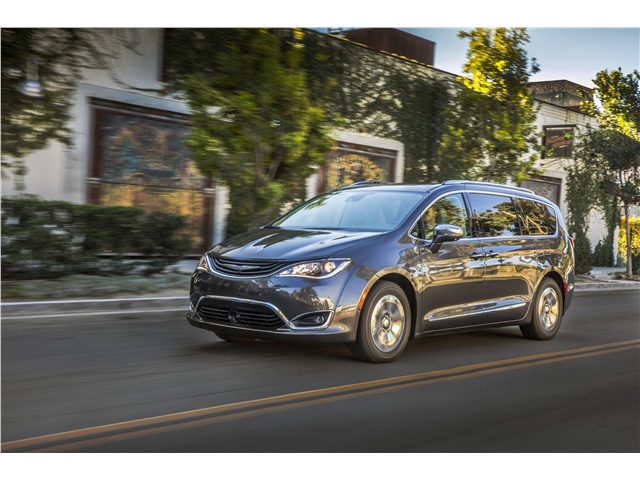
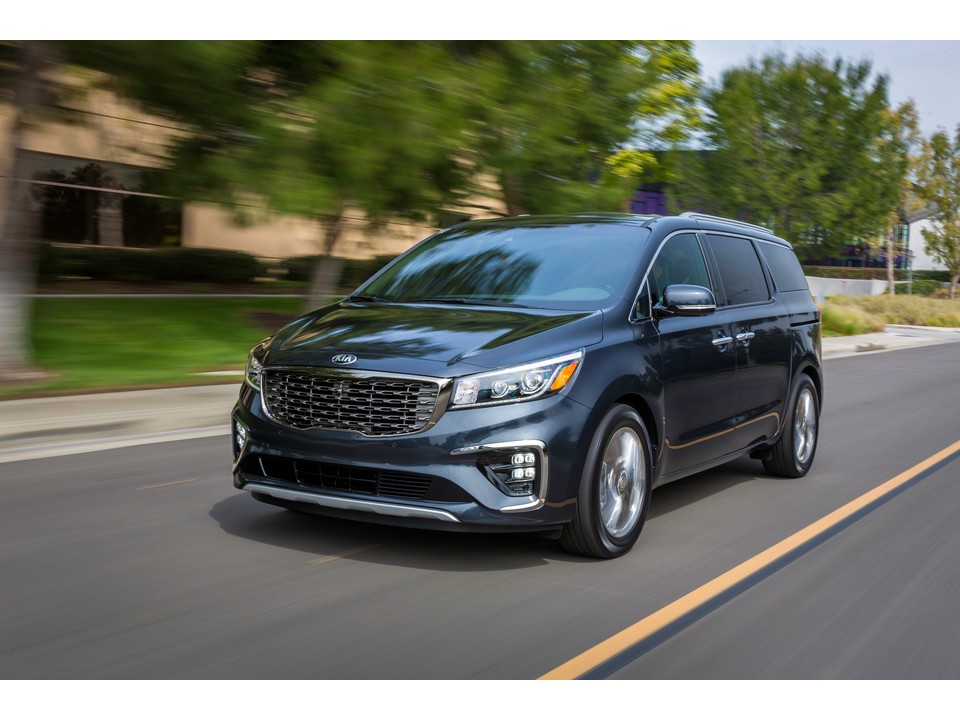
For those who find the functional benefits of a minivan impossible to ignore, the Chrysler Pacifica is a great pick, which is available with a regular gas drivetrain or super fuel-efficient hybrid with a driving range of up to 530 miles. Features include a Uconnect infotainment system with 8.4-inch touchscreen, Uconnect Theater entertainment system with built-in games and a 20-speaker Harmon Kardon sound system. Kids will be in heaven!
The Kia Sedona is another minivan option worth taking a gander at. It’s practical too: The seat fabrics are stain-resistant, perfect for spilled (or intentionally splattered as in the case of my kids), liquids. The new eight-speed transmission gives the car as much power as its higher-priced counterparts.
Top Crossover SUVs
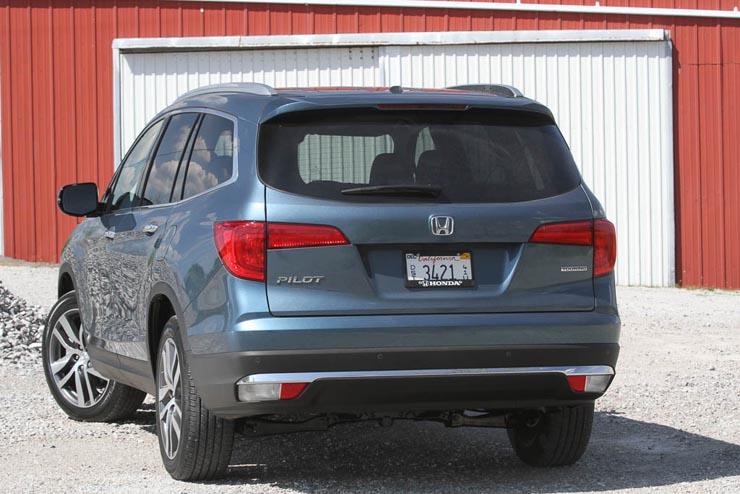
Honda’s third-generation Pilot brings sleeker exterior looks, a smooth V6 engine and lively handling to the three-row crossover segment. Available navigation, rear DVD entertainment system with 9-inch screen, and a host of safety technologies including adaptive cruise control, collision mitigation braking and lane keeping assist will come in handy for road trips. The Pilot is available in front- and all-wheel drive.
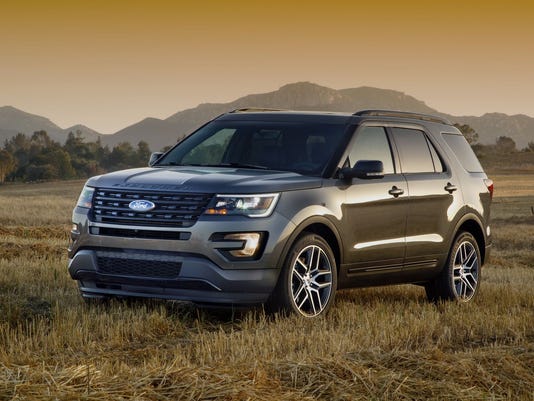
Another three-row crossover SUV worth checking out is the Ford Explorer that offers a trio of available engines. It also offers a spacious cabin with SiriusXM Traffic information, Sync with MyFord Touch infotainment system and rear entertainment system.
Top Sedans

Chevrolet’s latest Malibu is a ninth-generation roomy model that many families love. It offers numerous fuel-efficient engine choices, including a hybrid. It comes with a family-friendly MyLink infotainment system, 4G Wi-Fit hotspot capabilities, and a RemoteLink mobile app to remotely start the car as well as lock and unlock the doors.
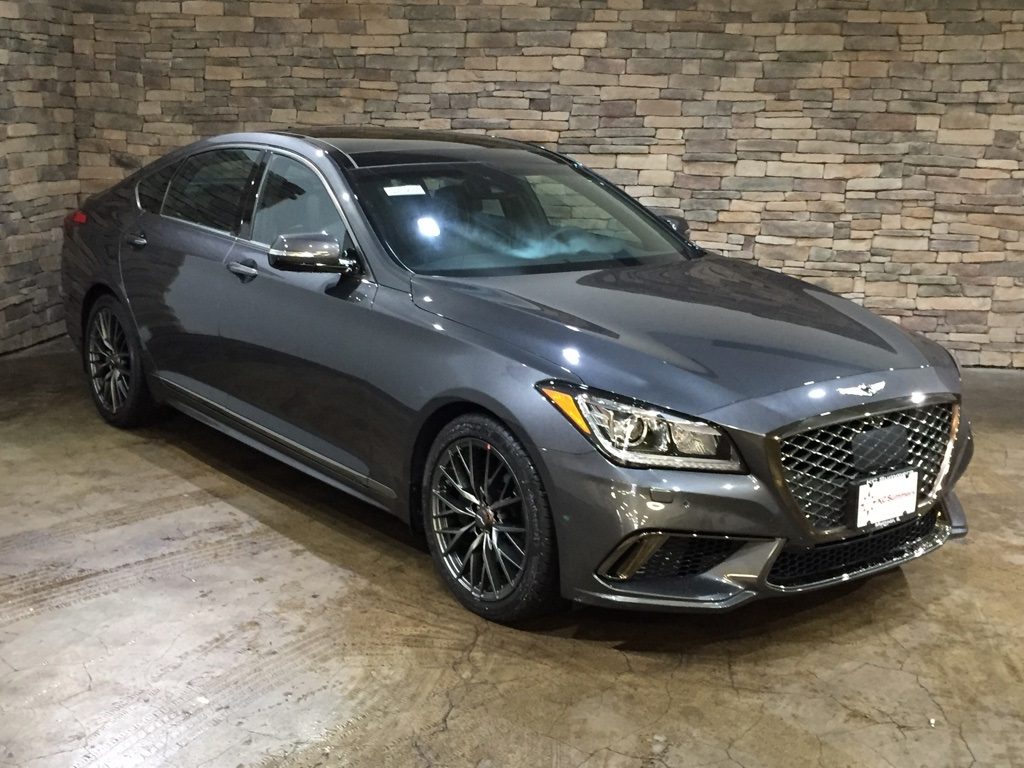
A bigger sedan that ranks high with families is the Genesis G80. This one features more luxury—plus great safety features like adaptive cruise control and the blind spot monitor. It is available in V6 or V8 engine and an all-wheel drive.
Top Station Wagons
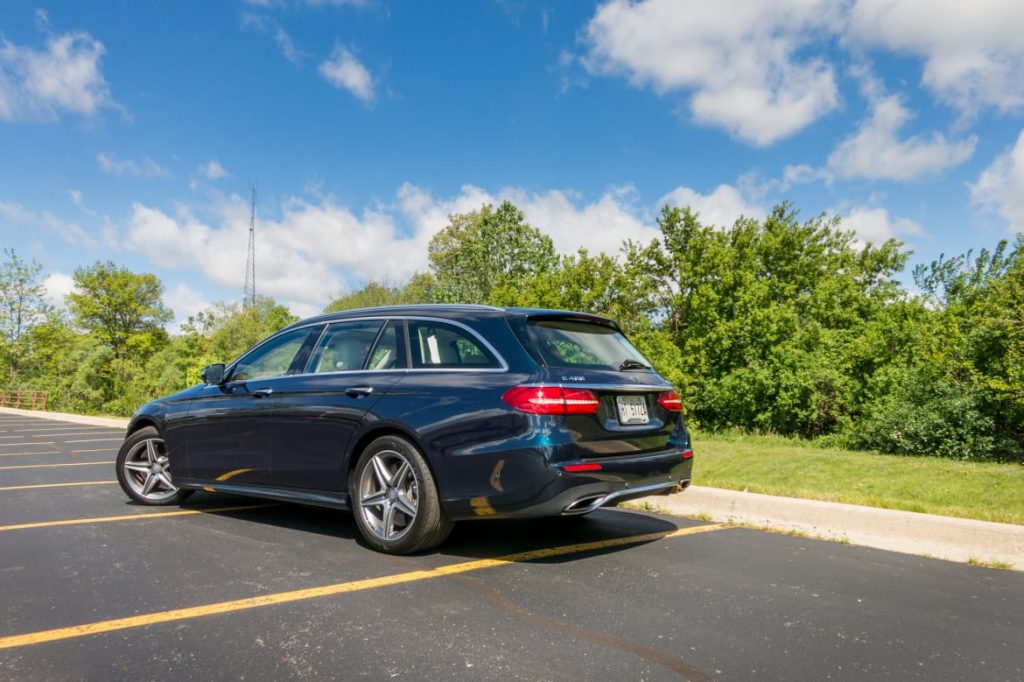
Station wagons aren’t that popular anymore, but I still thought I would mention them since some people still like them. The Mercedes-Benz E400 4Matic Wagon is a flexible luxury wagon offering lots of cargo space and third-row rear-facing seats that can hold two children, making it a seven-passenger vehicle. For a more affordable and slightly smaller option, the Volvo V60 features 43.8 cubic feet of cargo space and seating for five.
As you can see, there are a lot of factors involved when it comes to buying a family vehicle. Don’t get overwhelmed—just make sure you do your research thoroughly and take your time. There is no rush (although salespeople at the dealership will tell you otherwise!)
You want a family vehicle that keeps you and your family safe while enjoying many memories down the road.

